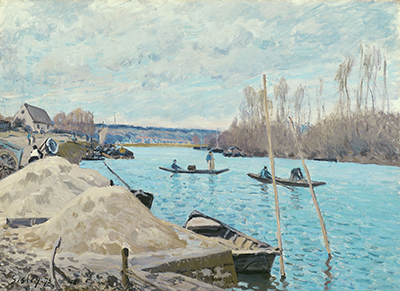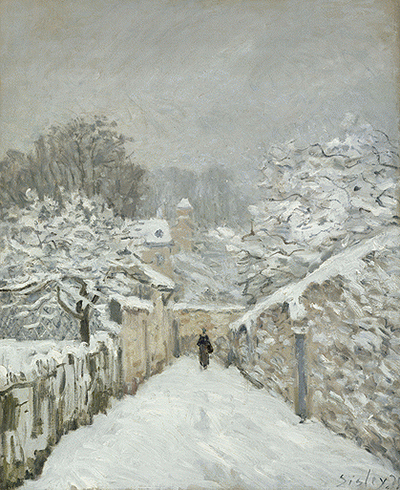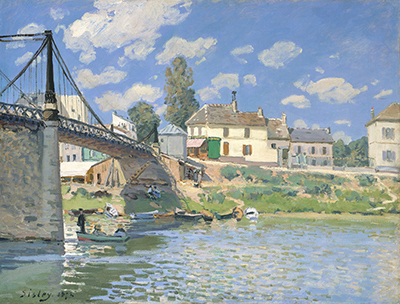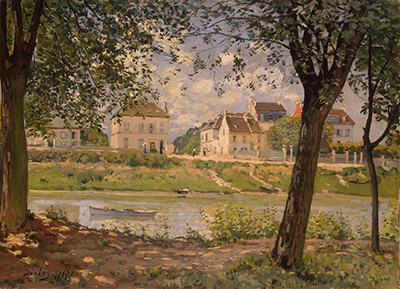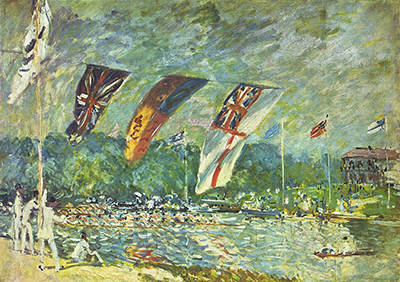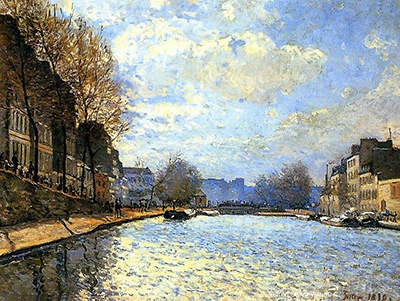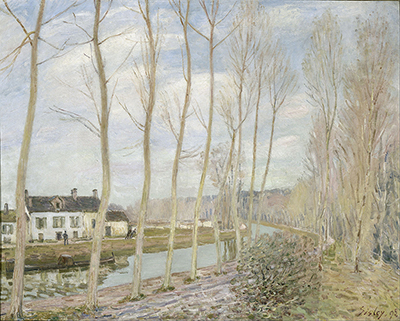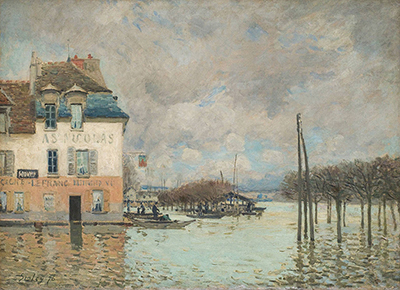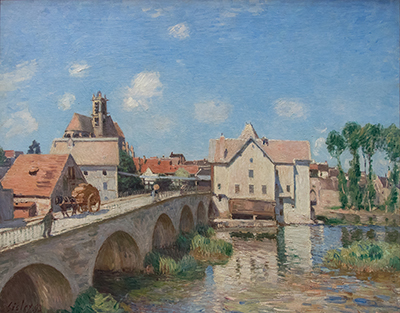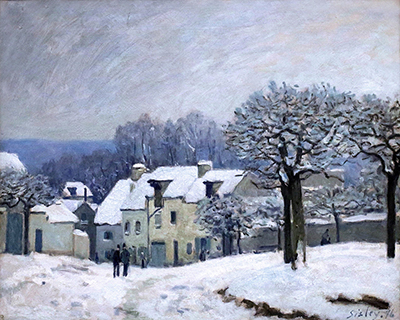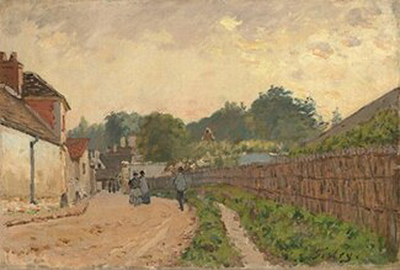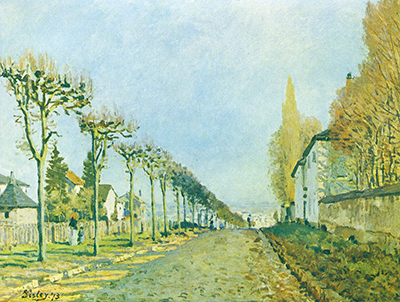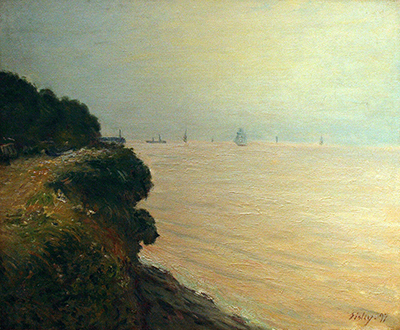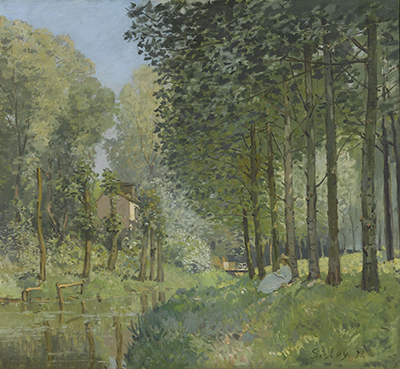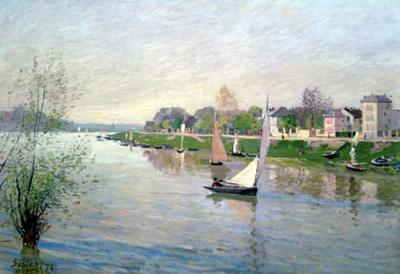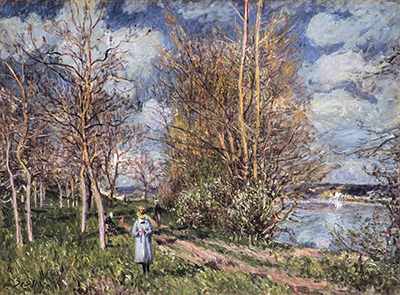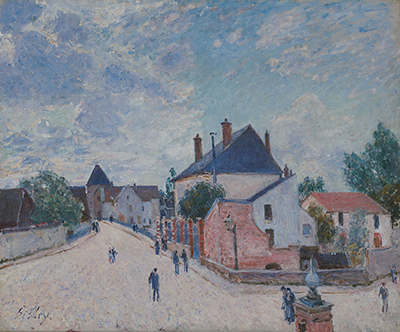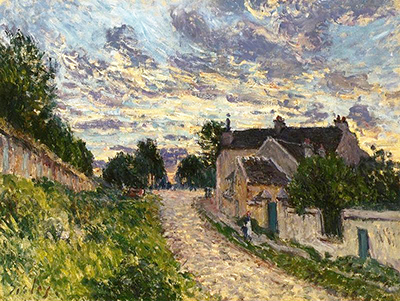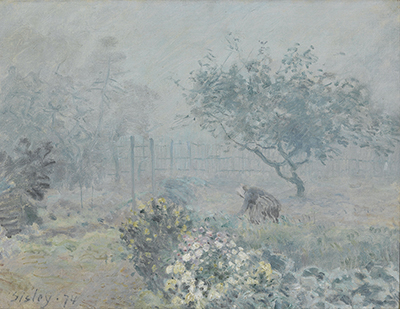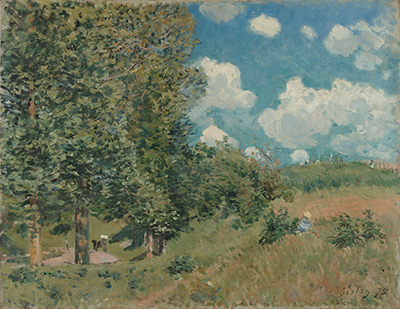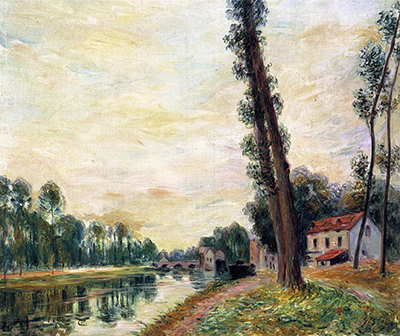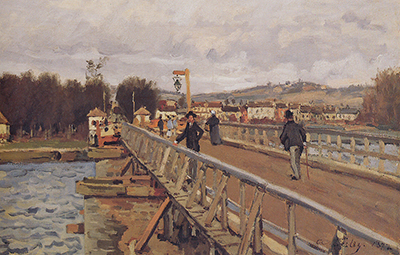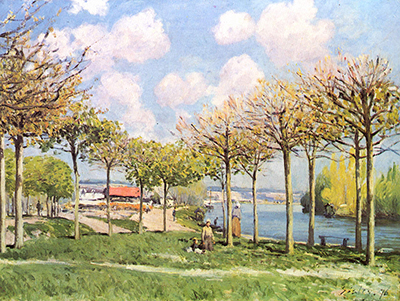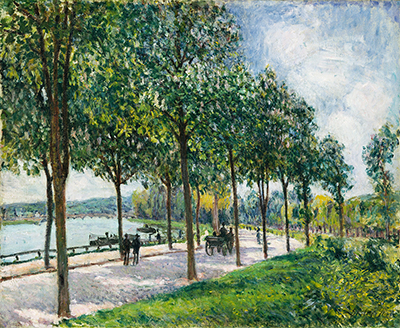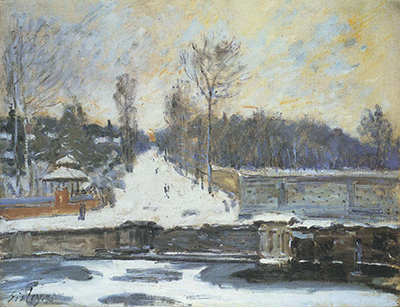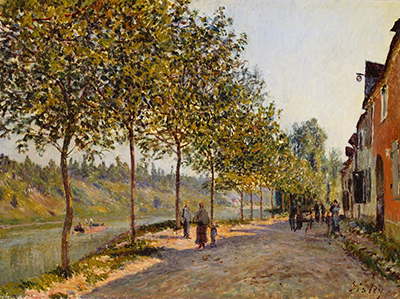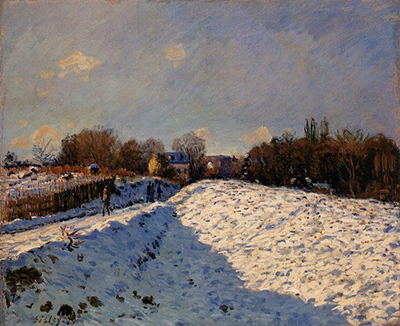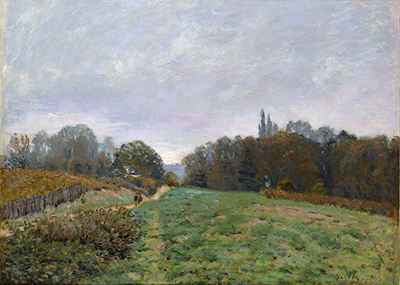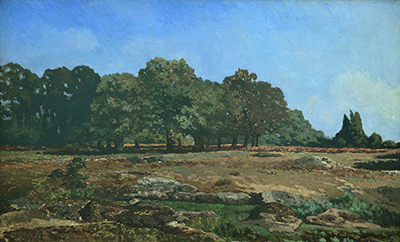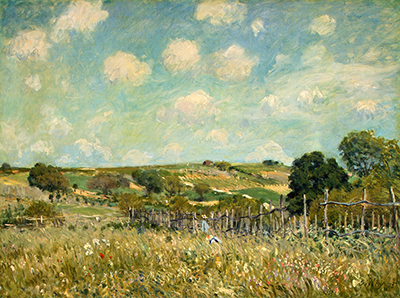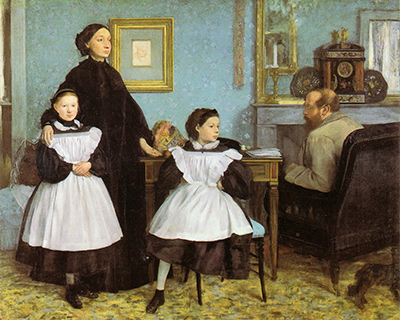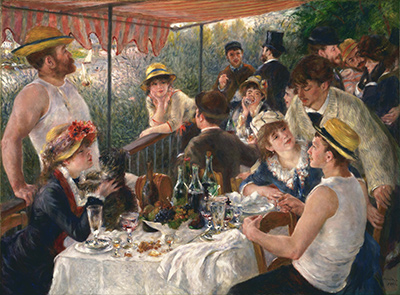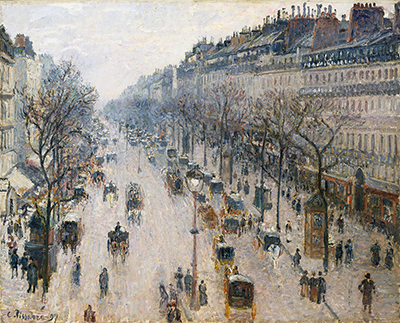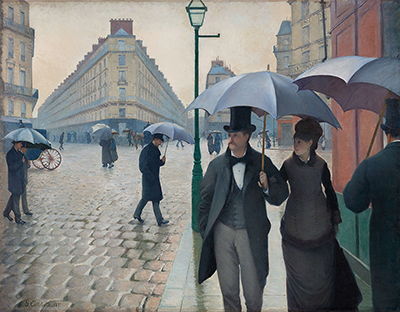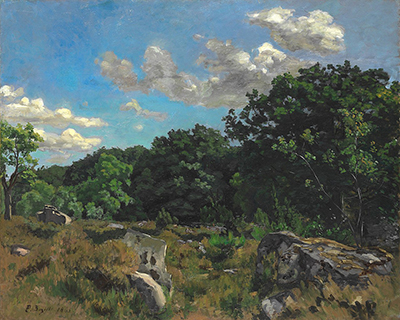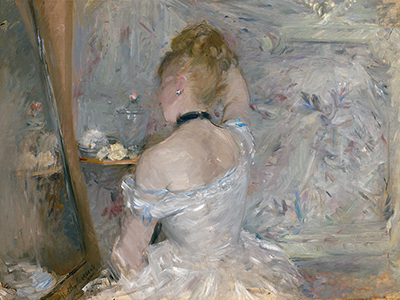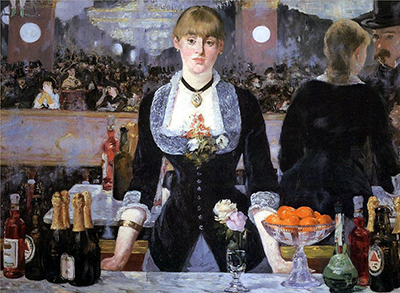Alfred Sisley's paintings were an important contribution to the French Impressionist movement.
Introduction
This British-born artist focused entirely on landscape art, using subtle tones and a restricted palette. Much of his work has been compared to the great master Monet, for the similarities in their content, but Sisley was more consistent and formulaic in his approach. Once one has become familiar with a Sisley painting, then it is fairly easy to identify most of his other artworks.
Part of the artist's success, as well as some criticism, was in his devotion to landscape art - only a handful of artworks from his oeuvre cover anything else. He simply adored working outdoors, and never really felt the need to look away from scenes of the French countryside and small, qaint villages. It was heaven for him, and he never felt the need to focus on other genres.
Artistic Style
Whilst Sisley's work evolved across his career, with a wider palette and bolder tones appearing in later life, he still remains one of the more subtle artists within the Impressionist movement. Tones of blue and green feature consistently across his career, and dominated most of his works. He was particularly fond of the suburbs of Paris, and found most inspiration in this part of France.
A series of works in London reminded us of the British artist's roots, but he was French in almost every other way, and more than happy to be considered so. At the time, there was a considerable cross over between French and British art, with Lorrain, Turner, Constable and Monet all connected through growing numbers of national art galleries and museums.
Travels and En Plein Air
Sisley loved to carry his sketchbooks around local regions of France, and would relocate several times in order to discover new spots to work from. The artist would document his travels with simple pencil sketches, whilst also sometimes working in more detail with oils. He is considered the most passionate about working en plein air of all those in the Impressionist movement, even ahead of the great Monet.
The ability and willingness to work anywhere, and at anytime, allowed Sisley to be incredibly prolific. He left around nine hundred paintings in total, as well as a number in other mediums, though the precise amount is not entirely clear because of an influx of fakes across the 20th century. Some respected experts on the artist continue to help bring some clarity to this situation, with several catalogues of the artist's work planned.
Inspiration and Related Artists
The general concensus is that Sisley was inspired by British Romanticists, Turner and Constable. The latter specifically encouraged him to cover waterways in his paintings, particularly canals and bridges. Sisley spent most of his time in France, and was also influenced by a number of French painters, including Gustave Courbet and Jean-Baptiste-Camille Corot.
The lack of information around the artist's education and early years has left some blanks in our understanding of which artists he particularly admired, but much has been gleaned from his own work later on, and possible matches with other artists in different aspects of his work.
Painting Mediums
Sisley was a talented draughtsman, drawing in pencil, pastels and crayons, whilst his paintings were all in oils. He made use of tones of blue and green, with additional colours for elements specific to each painting, such as buildings or bridges. His canvases tended to be of a standard format, and relatively small, matching the honest, humble style of his paintings.
More Impressionist Artists



